Late summer in the garden can be both a challenging and rewarding time, with increased insect and disease issues at a time when plants are their most productive or beautiful. You’ve cared for your garden this many months, watering, fertilizing, and carefully tending to your plants’ needs—so let’s finish the summer strong. Here are a few tips to keep your garden healthy and looking its best as fall looms just around the corner.
First, late summer is a time when disease issues can really show up, especially after a dry summer like we’ve had. While the rain we’ve had recently has been a welcome sight for even the most sun-loving among us—and we could use plenty more!—it also creates perfect conditions for mold or powdery mildew to begin to attack plants like roses, dahlias, zinnias, and petunias. In dry weather, these disease issues may not spread quickly, but fungal issues don’t tend to just go away on their own, so keep a close eye on plants and spray with a fungicide at the first sign of disease to keep fungus from spreading.
Secondly, with a change in the weather often comes an explosion of aphids. Watch for these small green, tan or even black bugs clustering around flower buds and at the growing tips of branches on your hanging baskets, roses, and other flowers around your yard, and at the first sight of aphids, spray with Bonide Neem Oil, a great insecticide that will also help control the aforementioned powdery mildew.
Third, we’re still in the midst of budworm season, as I mentioned last month. If you haven’t sprayed your flowers yet—geraniums, petunias, and calibrachoa, in particular—spray them now with Bonide Captain Jack’s Deadbug Brew to kill these hungry caterpillars and allow your flowers to begin blooming once again. If you’ve already sprayed once and it’s been at least three weeks, I would recommend spraying at least once more yet this season to eradicate any caterpillars that have hatched since you last sprayed.
Fourth, as we get into late summer and begin to set our sights on fall, it’s important to stay on track with your fertilizing routine if you want your flowers to continue to bloom. I typically feed weekly with Jack’s Classic water-soluble fertilizers until at least mid-September and weather permitting, my hanging baskets and other flowers will continue to look great well into October. At this point in the season, containers and hanging baskets are their largest and most hungry, so keep feeding and they’ll keep blooming!
Fifth, now is a great time to prune your hydrangeas if they’re getting overgrown but you want to ensure flower buds for next year. After our late June heatwave, your hydrangeas may have taken a beating and look rough anyway, so prune them back now and they’ll still have some time before autumn to set flower buds for next year.
Finally, late summer is the time of year to apply granular insecticide to your lawn to control craneflies and other lawn grubs that may attract moles and damage your lawn over the fall and winter months. Once autumn rains return and the ground gets softer, moles will begin to get more active, so I recommend applying Bonide Eight granules prior to a rain or lawn sprinkling to kill cranefly larvae that are hatching out this time of year and eradicate other grubs that may be a food source for moles.
With the Olympics still fresh in our minds, we can all appreciate the value of finishing strong, so take the steps you need this month to keep your garden healthy and colorful and enjoy the beauty of your garden while it’s still around!


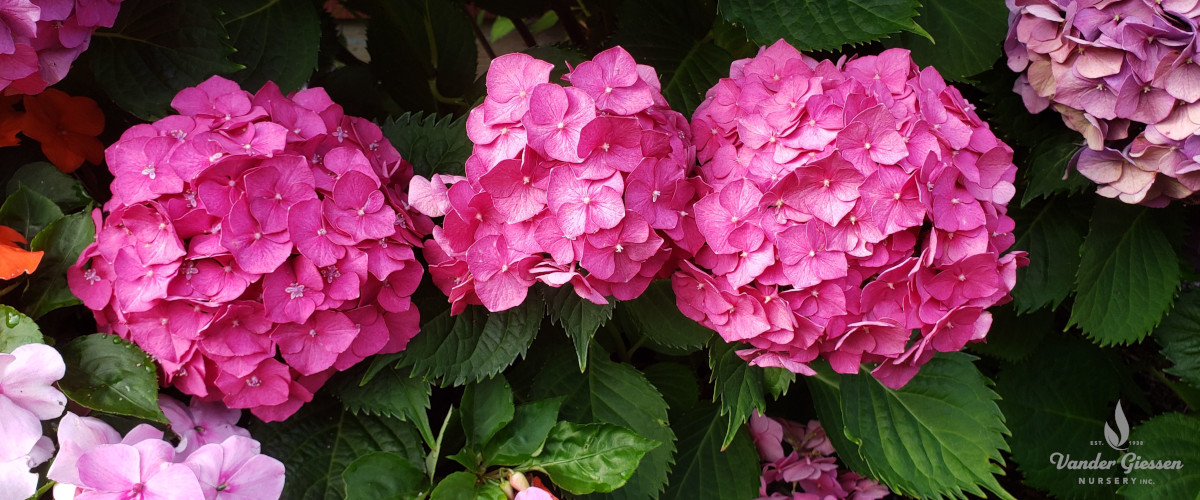
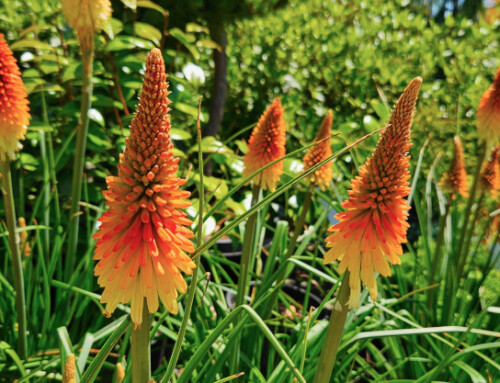
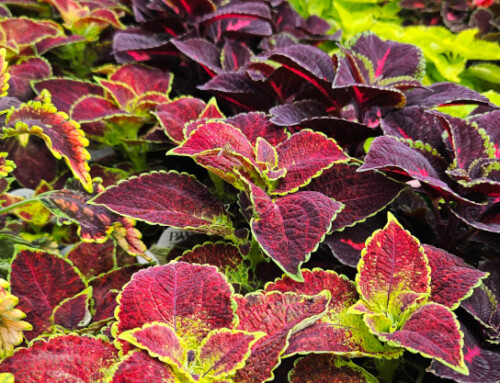
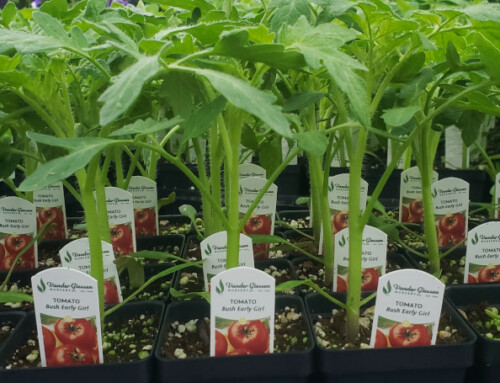
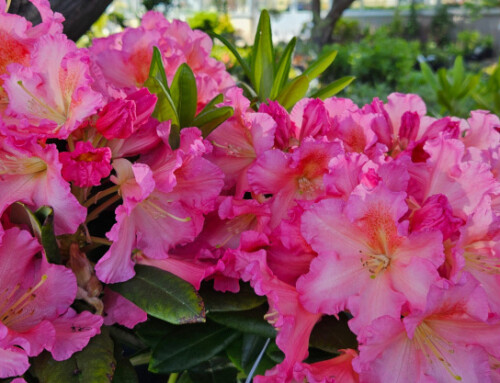
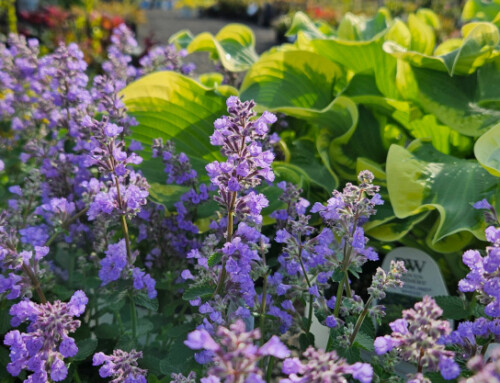
Leave A Comment